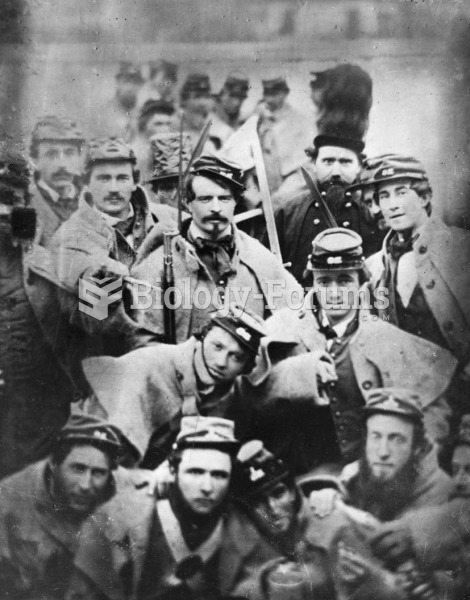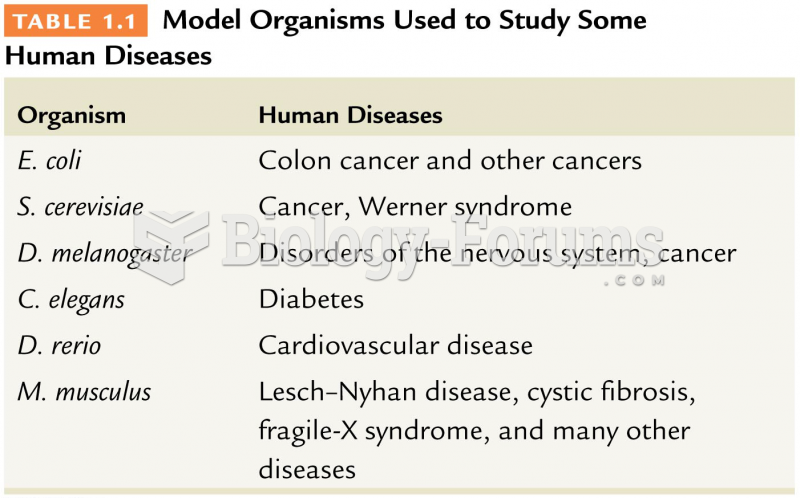Answer to Question 1
Answer: Cate and Behrmann (2002) make two important points in their study. First, a letter presented on the left can survive neglect if it is presented alone (i.e., not right competitors). Second, if a letter is presented on the left and right, identification of the letter on the left is reduced unless a sufficient amount of time passes (at least 300 msec) between when the letter appears on the right and when the letter appears on the left. Together, these findings show that spatial and temporal attentional mechanisms interact to determine the amount of neglect that occurs.
Answer to Question 2
Answer: To demonstrate attentional blink, a stream of letters is presented including a target letter and probe letter. The time between the presentation of the target and probe letters can be manipulated. In the single-task version, the participant is required to indicate when the probe is presented within the stream. Performance is generally accurate on this task. However, in the dual-task version, the participant is required to identify the target and indicate when the probe is presented. Detection of the probe is compromised when the probe occurs between 100 to 500 milliseconds after the target. This finding suggests that attention to one stimulus precludes attending to a second stimulus when they occur within a short period of time from one another. To demonstrate repetition blindness, a picture is repeated within a stream. The second occurrence of the picture is not noticed if the pictures are close together in time. This finding shows that when we do not have much time, we do not form a second representation of a stimulus we have just processed.







